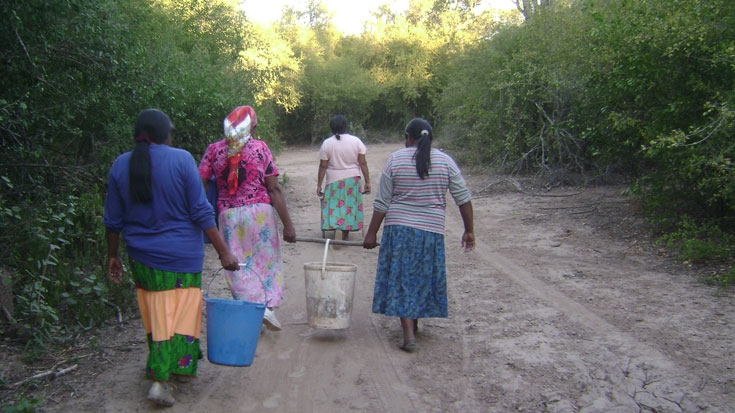In some areas of northern Argentina, women still spend from four to six hours a day carrying water in buckets or drums weighing up to 30 liters. In Nueva Pompeya in the Gran Chaco region, residents must walk at least half a kilometer to the closest lagoon to obtain water of questionable quality.
In the best of cases, rural communities get water from water tanks, dams, windmills and rainwater accumulated in natural depressions or reservoirs. Underground water and water distributed by cistern trucks complement this supply.
Argentina is home to vast water resources, which provide 80% coverage of the water supply system. However, it also has areas of extreme poverty in its northern provinces, with deficient services, contamination and few water sources, as well as a serious lack of investment and limited financing.
In Buenos Aires, water consumption per capita is 500 liters a day whereas it is just 20 liters in northern Argentina.
One of the most affected regions is Chaco, where all efforts are now focused on building works to provide a constant supply of clean water to one of the poorest areas of the country.

